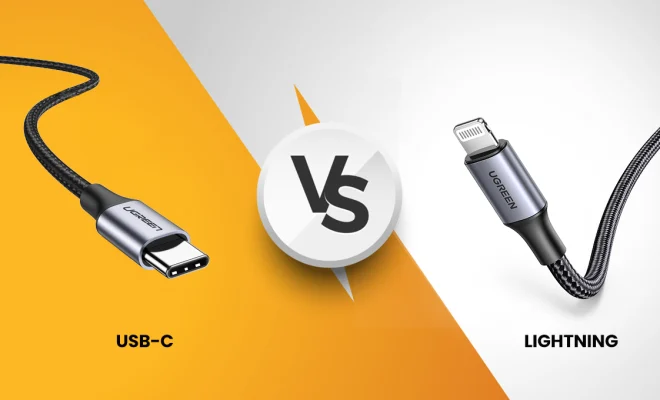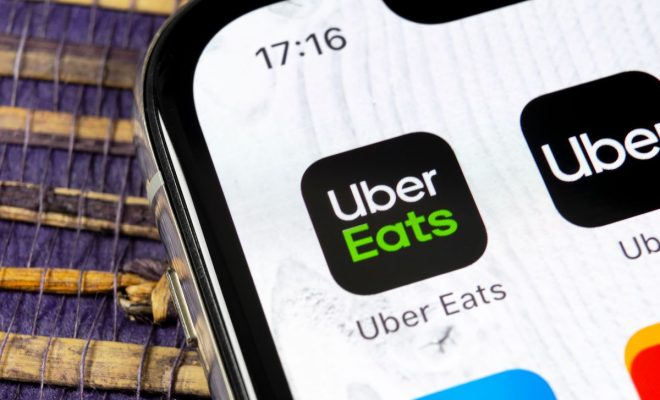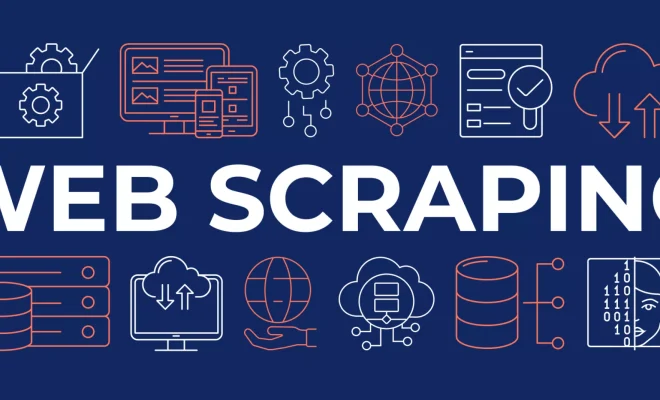USB-C vs. Lightning: What’s the Difference?

When it comes to charging your mobile devices, you have a lot of different options. Two of the most popular are USB-C and Lightning cables. But what’s the difference between the two, and which one should you use?
Let’s start with USB-C. This is a relatively new type of connector, but it’s becoming more and more common on phones, tablets, and other devices. USB-C offers several advantages over older types of connectors. For one thing, it’s reversible, so you don’t have to worry about which way you’re plugging it in. It’s also capable of transmitting more power, which means that it can charge your devices faster.
Another advantage of USB-C is that it’s a more versatile connector than Lightning. USB-C can be used for a wide variety of purposes, including charging, data transfer, and even video output. This makes it a popular choice for laptops, tablets, and other devices that need to connect to a variety of peripherals.
Now let’s talk about Lightning. This is the connector that Apple uses for all of its mobile devices, including iPhones and iPads. Like USB-C, Lightning is reversible, so you don’t have to worry about which way you’re plugging it in. However, Lightning is a proprietary connector, which means that only Apple devices can use it. This can be a disadvantage if you’re trying to charge a non-Apple device or connect your phone to a peripheral that doesn’t support Lightning.
So which one should you use? It mostly depends on what type of devices you have. If you have an iPhone or iPad, you’ll need to use Lightning cables. If you have a newer Android phone or other device that supports USB-C, you’ll be able to use either USB-C or Lightning (depending on what’s available). In general, though, USB-C is considered to be the more versatile and future-proof connector. As more and more devices adopt USB-C, it’s likely that it will become even more common.
In conclusion, USB-C and Lightning are two different types of connectors with their own advantages and disadvantages. If you have an iPhone or iPad, you’ll need Lightning cables. If you have a newer Android phone or other device that supports USB-C, you’ll be able to use either USB-C or Lightning. Ultimately, the choice comes down to what type of devices you have and what you need to use the cables for. Regardless of which connector you choose, make sure you choose a high-quality cable that will provide reliable charging and data transfer.





